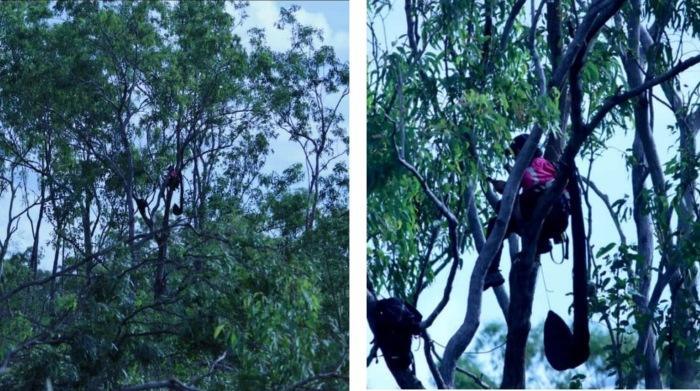
Greetings Friends,
A special thanks to; PLan – Planning Action Network, Environment Centre of the NT (ECNT), Larrakia, Birdlife Top End, NT Field Naturalists and the many people who worked to save Lee Point/Binybara in 2024.
Images of 2024 are presented in three sections;
1.0 INTRODUCTION
2.0 EVENTS
-
- Wilderness Walks
-
- Art and markets
-
- Migratory shorebirds
-
- Save Lee Point protests
3.0 BIODIVERSITY
-
- Old-growth trees
-
- Land use
-
- Rare sightings
-
- Protecting Darwin’s biodiversity
1.0 Introduction
Land clearing at Lee Point/Binybara again dominated the year with many people regarding the clearing as an unacceptable impact.
In early May 2024, Stage 2 and 3 were bulldozed by Defence Housing Australia (DHA) and 19 people were arrested. Works were paused soon after due to allegations of illegal land clearing
DHA knew they did not have the necessary approvals but cleared Stages 2 and 3 anyway. NT authorities have not addressed the alleged May 2024 breach, saying only that the breach was not continuing. People are calling for more action – read more
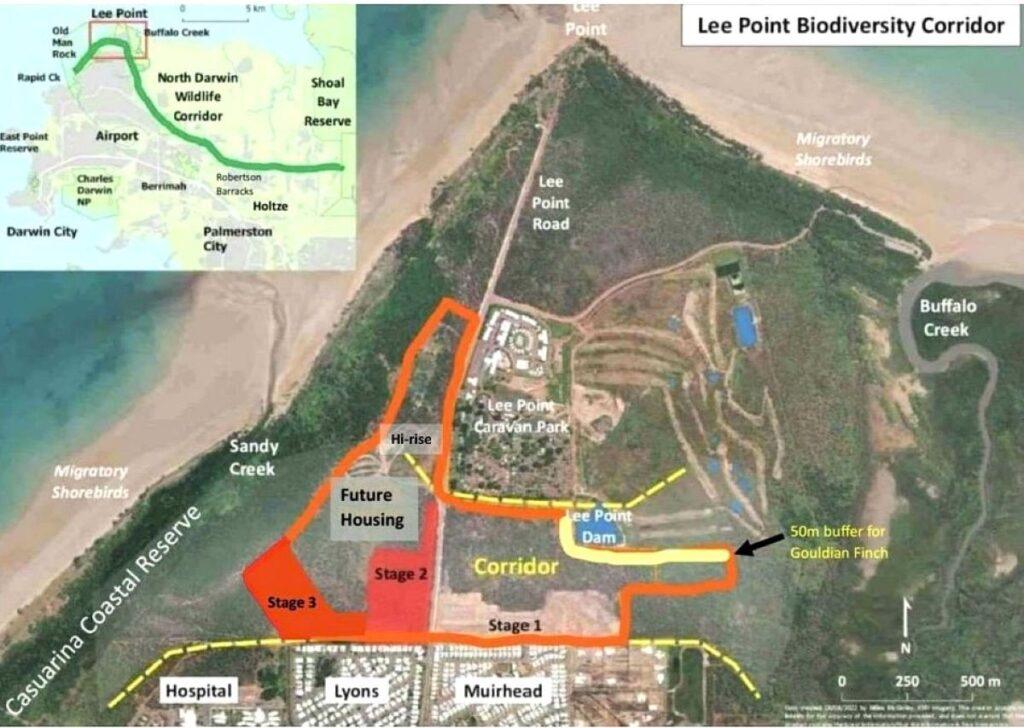
Fig 1. Lee Point peninsula, red outline shows extent of DHA housing with Stage 1, 2 and 3 cleared. Stage 2 and 3 were cleared 30 Apr – 2 May 2024.
Lee Point peninsula has now lost a significant number (15-20%) of its old growth trees and the Lee Point Biodiversity Corridor has been seriously disrupted. Regrowth is happening on stage 2 and 3 while works are on pause.
2.0 Events
Many of the events in 2024 were run to raise community awareness and support for saving Lee Point.
Prior to 2020, less than 15% of Darwin northern suburb residents were aware that government had approved an Area Plan to house thousands of people on the Lee Point peninsula. The Area Plan had been created by a housing developer (DHA).
2.1 Wilderness Walks and Art Workshops
Wilderness Walks at Lee Point started in February and ran 5pm each Sunday plus sometimes at 7am Saturday or Sunday. The self-guided 1.5-2 hour walks recorded between 25-50 bird species, refer to ebird for latest sightings.
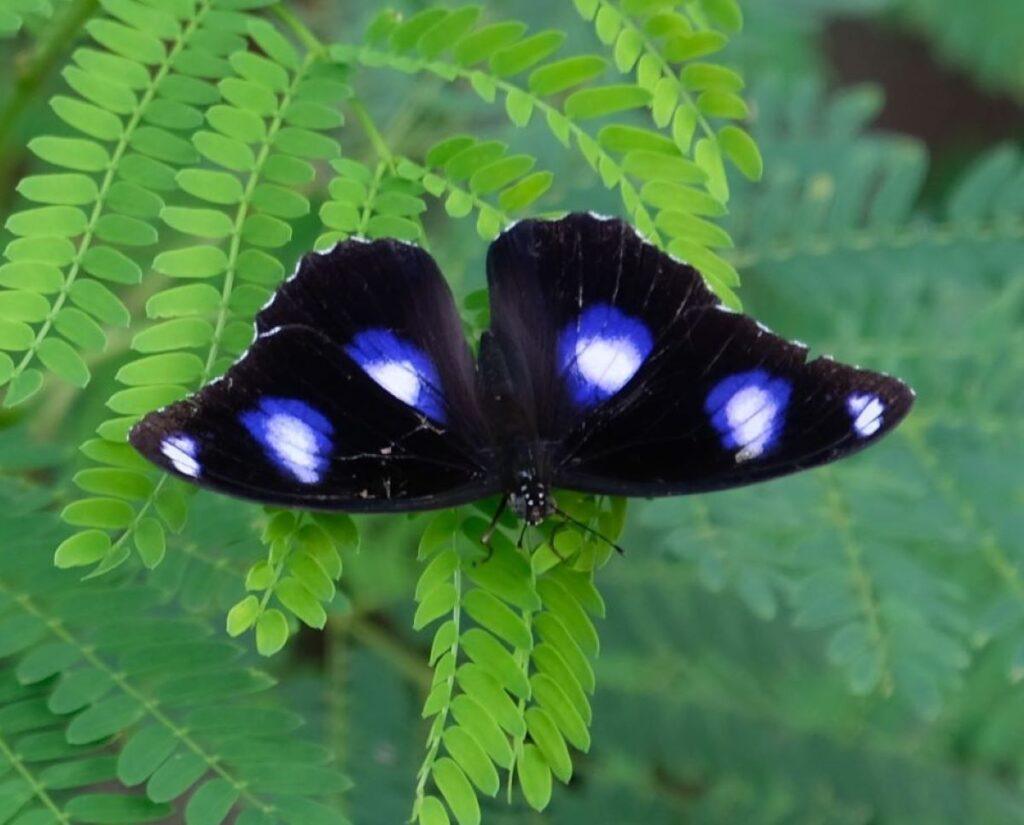
Fig 2. Varied Eggfly Butterfly from first Wilderness Walk in Feb 2024
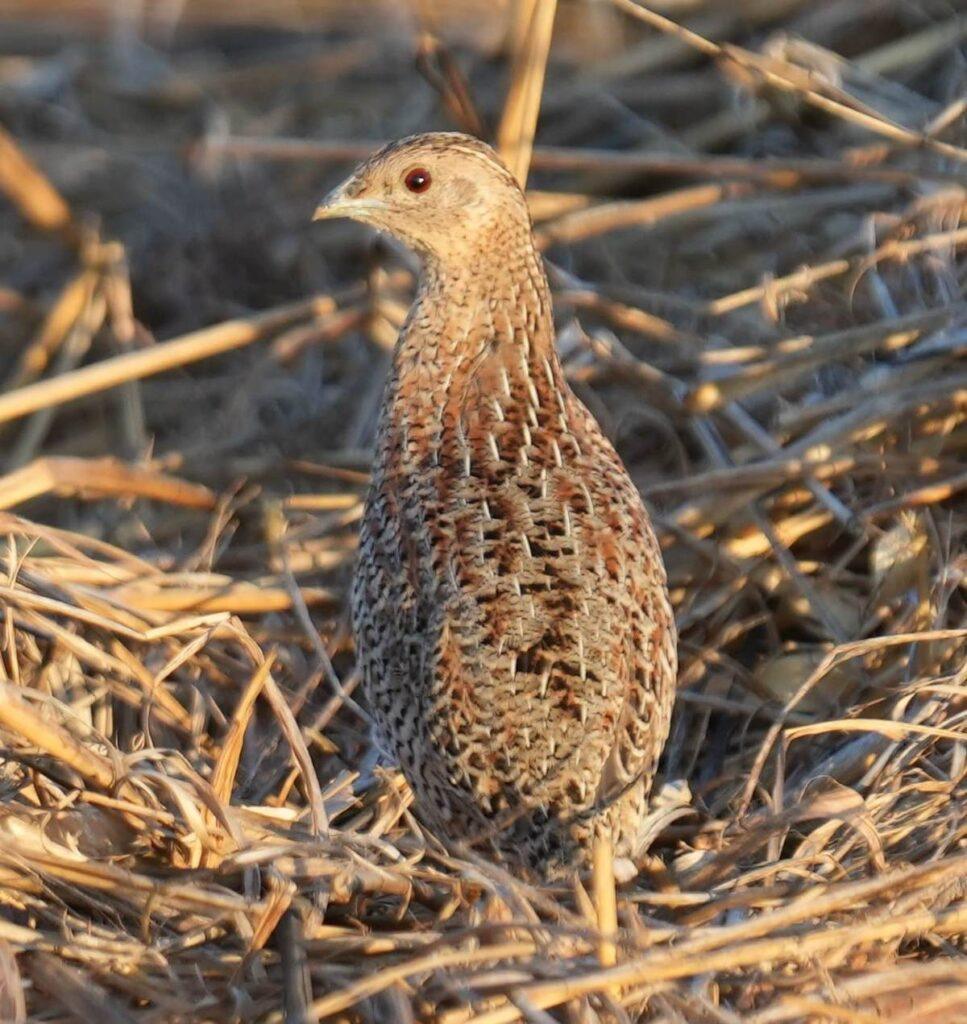
Fig 3. Brown Quail
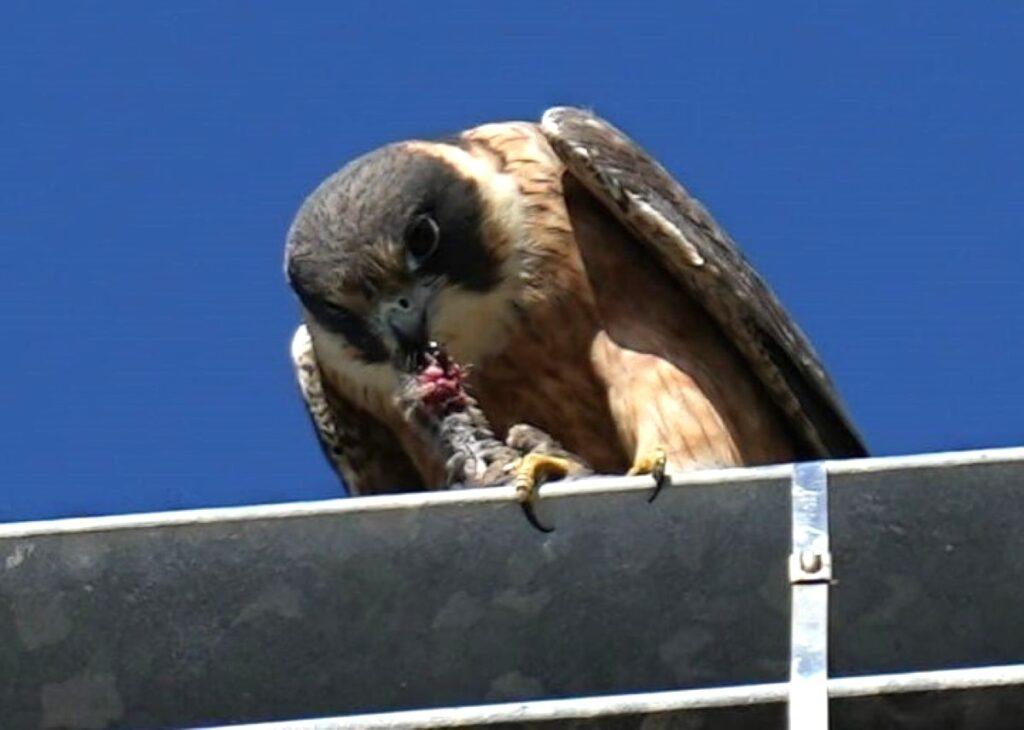
Fig 4. An Australian Hobby (Little Falcon) was often seen on top of the Osprey Tower.
Five senators and two MLA’s joined FLP on a Wilderness Walk during the year.
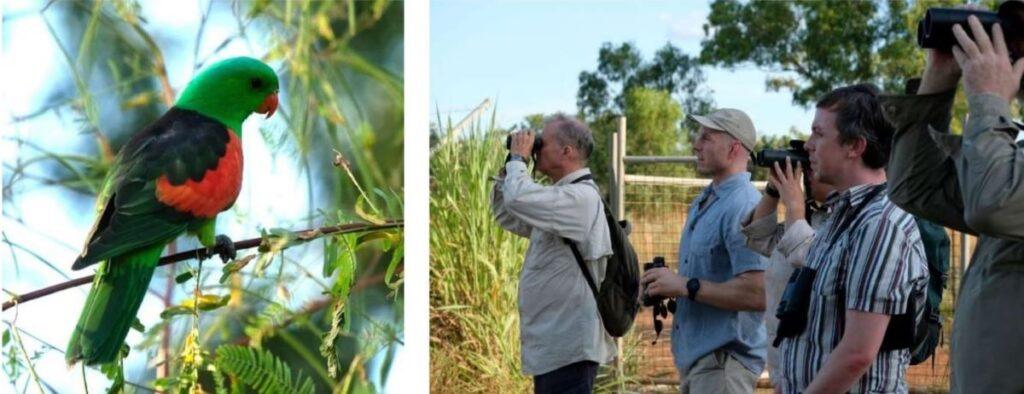
Fig 5. Senator Pocock on a walk in April
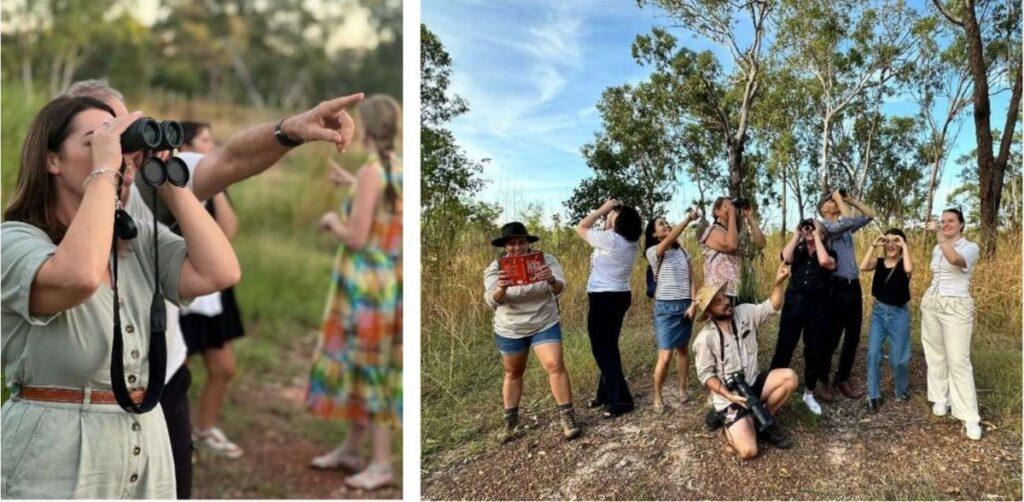
Fig 6. Senator Hanson-Young (left), Senator Grogan and Senator Cox (right) on a walk in April.
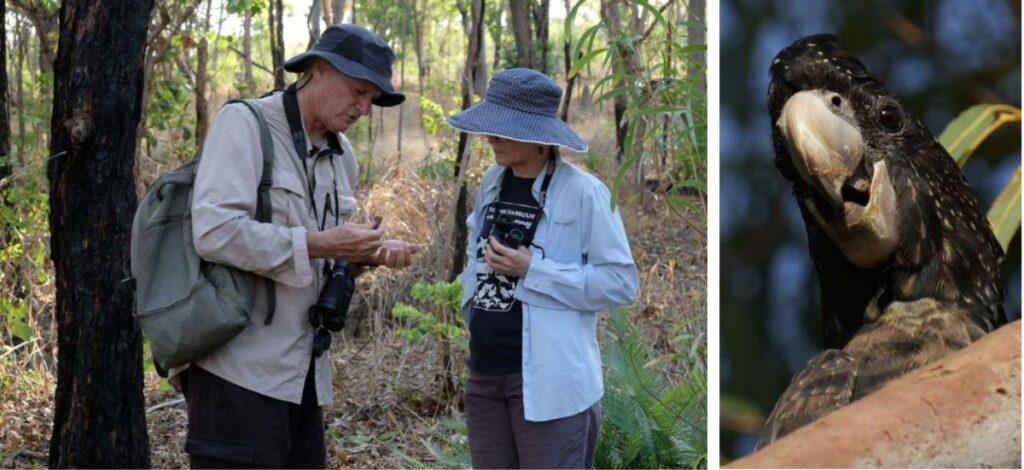
Fig 7. Senator Penny Allman-Payne with Ian Redmond on a walk in October.
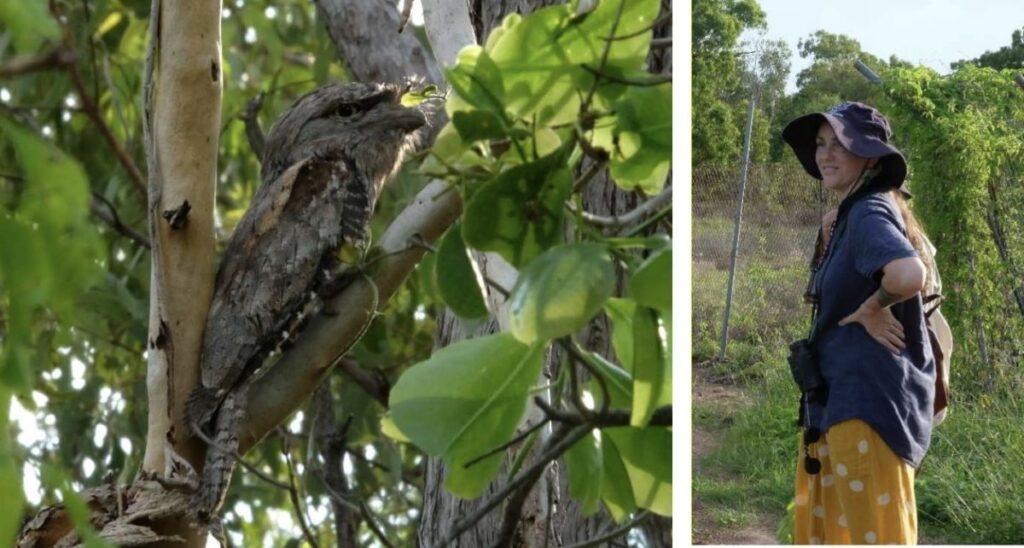
Fig 8. Tawny Frogmouth seen on a walk with MLA Kat McNamara in December
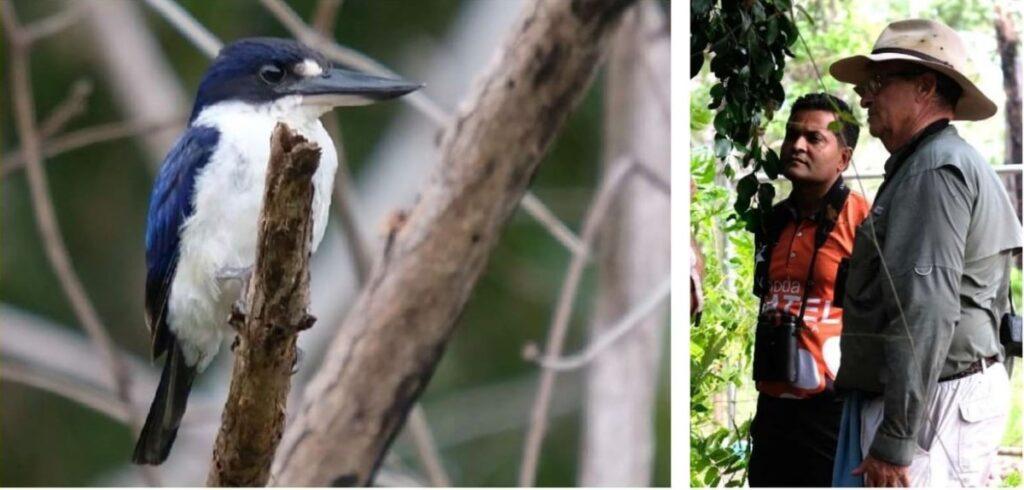
Fig 9. Forest Kingfisher seen on a walk with MLA Khoda Patel and Gavan Keane (birdwatcher) in December.
Art workshops, organised by Gayle Laidlaw, were held with some of the Wilderness Walks and events at Binybara.
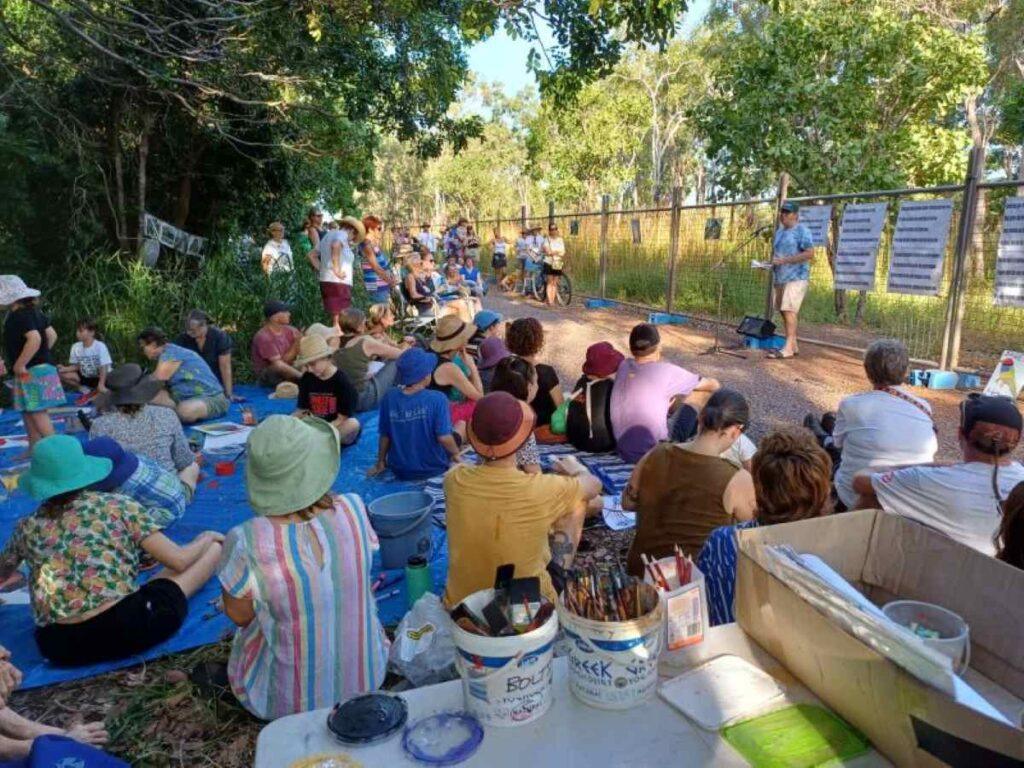
Fig 10. Nick Kirlew from PLan – Planning Action Network speaking at Binybara Sunday Art crowd in April.
2.2 Art and markets
“Thin Green Line” art exhibition – organised by Justine Glover, Carol Phayer and Gayle Laidlaw was based on a poem written by Adam Foster and involved 19 artworks. They were exhibited at Darwin’s Art Warehouse in April 2024, with copies still on display at Lee Point/Binybara.
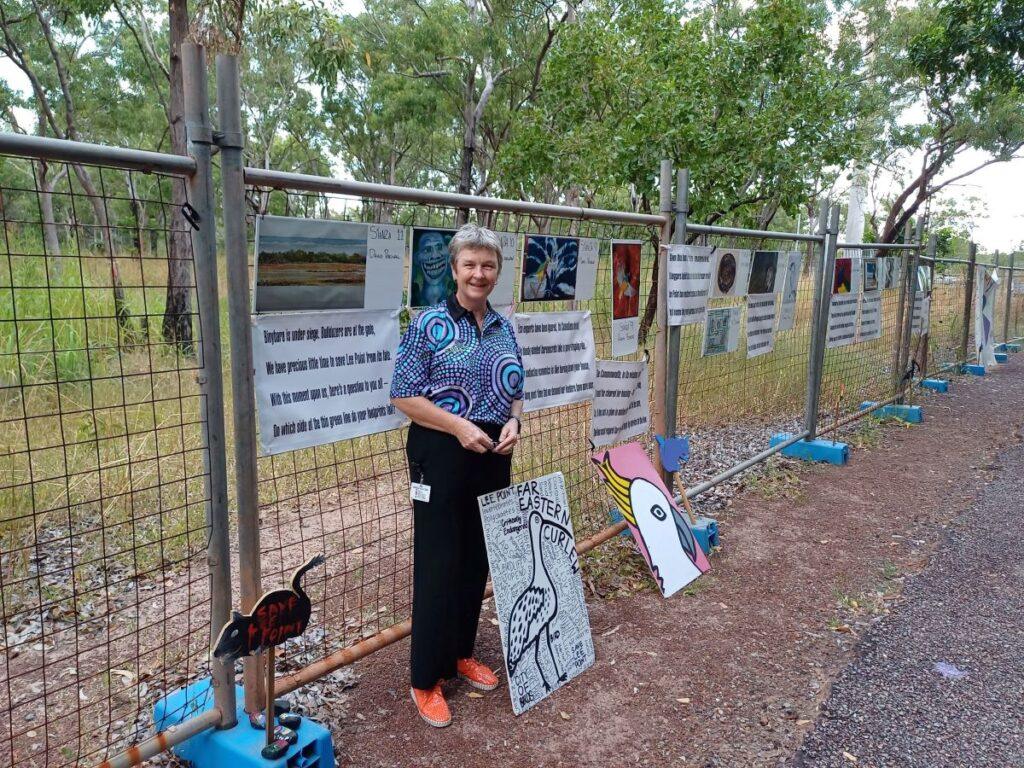
Fig 11. Justine Glover at Lee Point/Binybara in April.
View entries by artists and listen to the Thin Green Line by Merillee Mills, audio engineered by Ben Andrews.
The “2025 from Friends of Lee Point” calendar featured Thin Green Line artworks with Adam Foster’s poem plus photos taken at Lee Point in 2024.
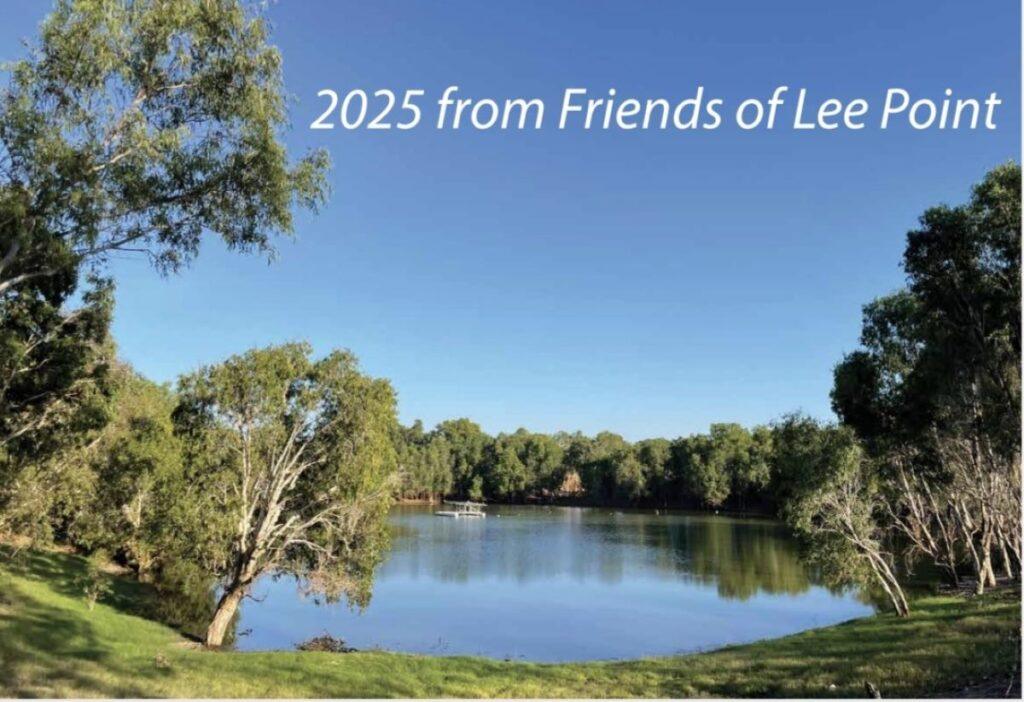
Fig 12. Front cover of calendar showing Lee Point Dam
Sunday morning Nightcliff market – FLP had a stall most weeks of the year selling or providing art-based merchandise to the public.
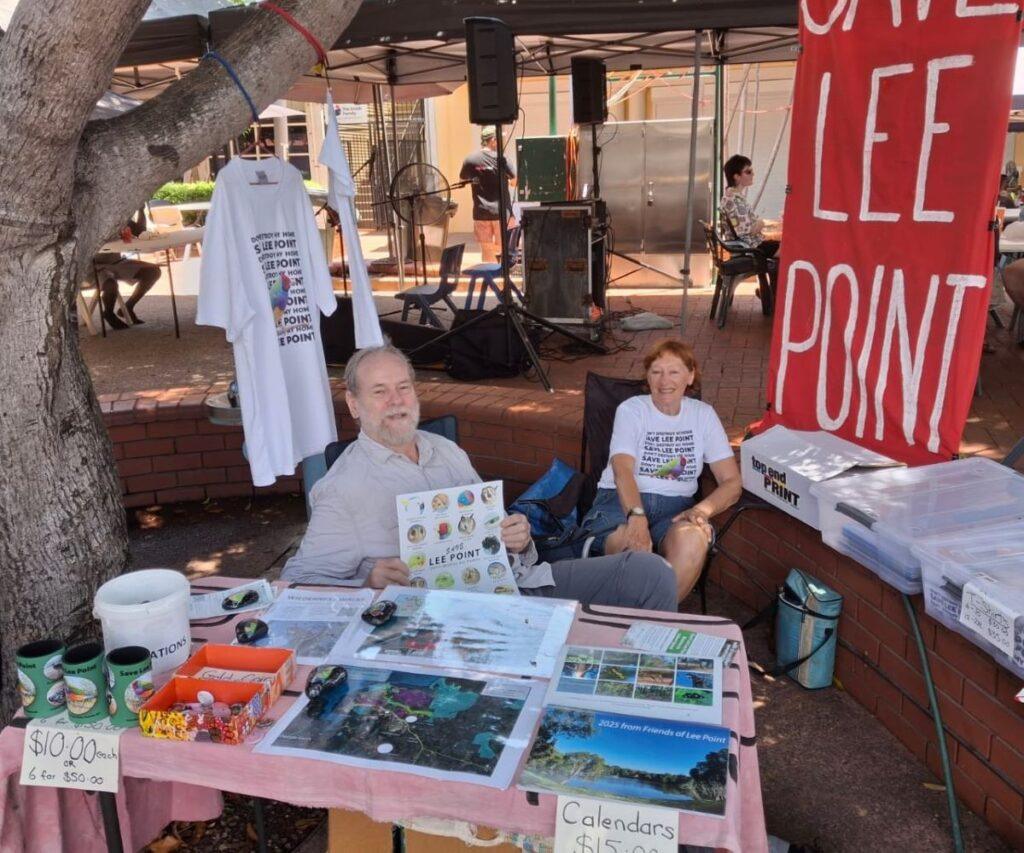
Fig 13. David Percival with Gayle Laidlaw at Sunday morning Nightcliff Market, 1 Dec 2024.
2.3 Migratory shorebirds
The stretch of beach from Sandy Creek around Lee Point and through to Buffalo Creek provides a home for up to 10,000 shorebirds each year. Of the 20 plus shorebird species that use the beach, seven are threatened.
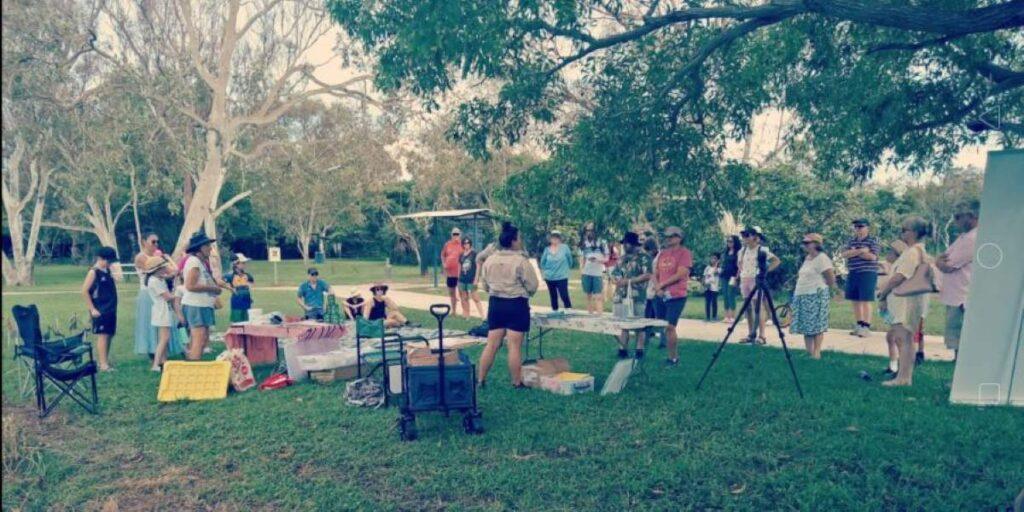
Fig 14. “Farewell Shorebirds” event at Lee Point in March 2024 organised by Birdlife Top End attracted over 50 people.
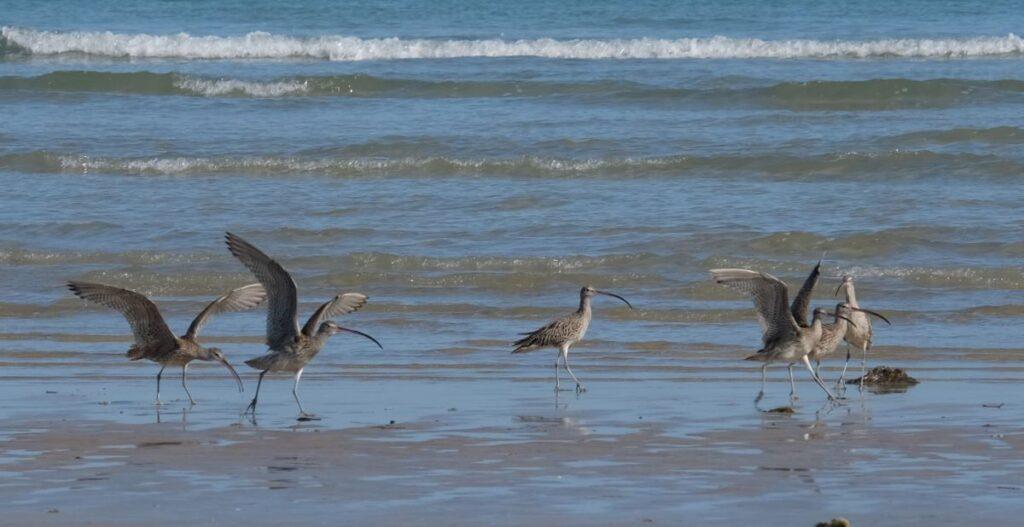
Fig 15. Endangered Far Eastern Curlew at Sandy Creek beach in Aug 2024.
Migratory shorebirds make an amazing ~20,000km round trip from Australia/New Zealand, breeding in northern China, Russia, and Alaska. They start returning in August, some to the same place where they left from.
2.4 Save Lee Point protests

Fig 16. People at the main 2CRU gate asking the NT Government to stop clearing old-growth forest at Lee Point – 31 March 2024.
The Lee Point Street Party organised by ECNT at the Railway Club in Parap on the 28 March 2024 was attended by close to 300 people.
There were a series of peaceful protests during the year. “Bowden’s Breakfast” and “Vanderlin Shuffle” involved waving signs at the morning traffic which always got a smile.

Fig 17. “Bowden’s Breakfast” outside Planning Ministers office (Joel Bowden MLA), 12 Mar 2024.
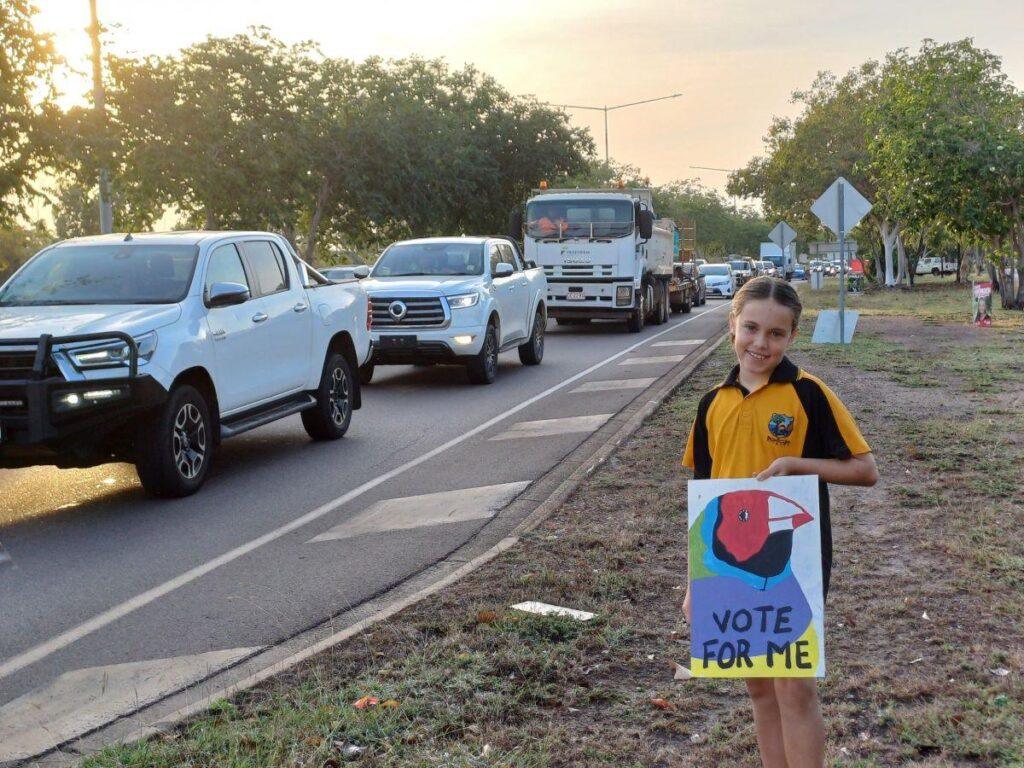
Fig 18. Vanderlin Shuffle, 16 July 2024.
The clearing of Stage 2 and 3 without approvals during 30 Apr – 2 May prompted more protests with FLP lodging complaints on behalf of the Save Lee Point community.
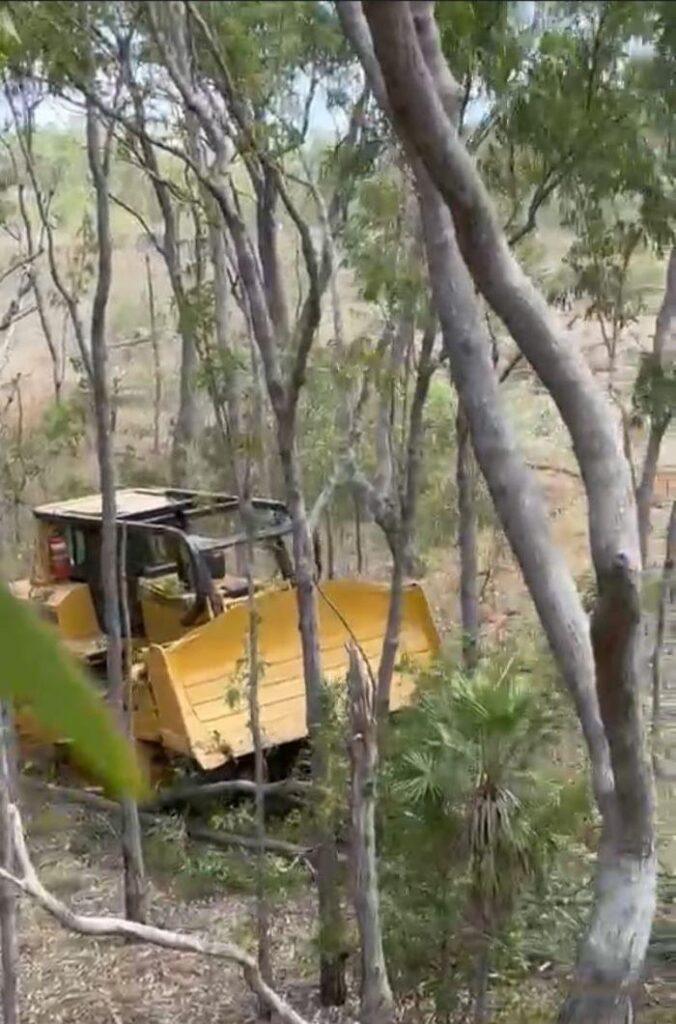
Fig 19. A bulldozer dangerously felling trees near a protester who took this photo on the afternoon of 30 Apr 2024 – see Fig 20.
Fig 20. The protestor remained in the tree all day despite many attempts to get the person down.
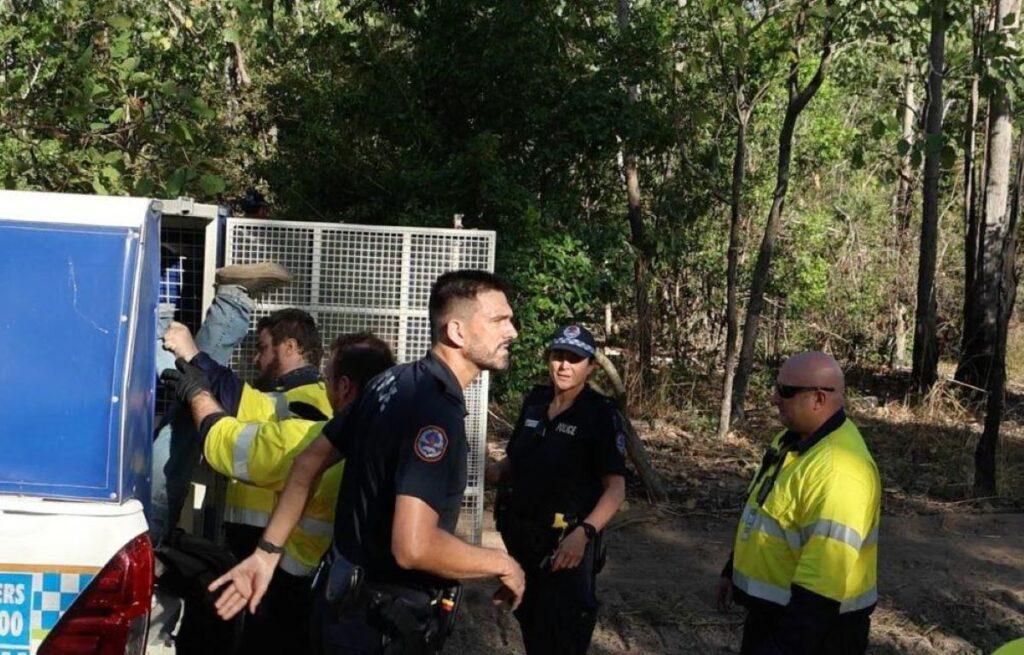
Fig 21 Neptune Security shoving a 70-year-old woman into a paddy wagon on 30 Apr 2024.
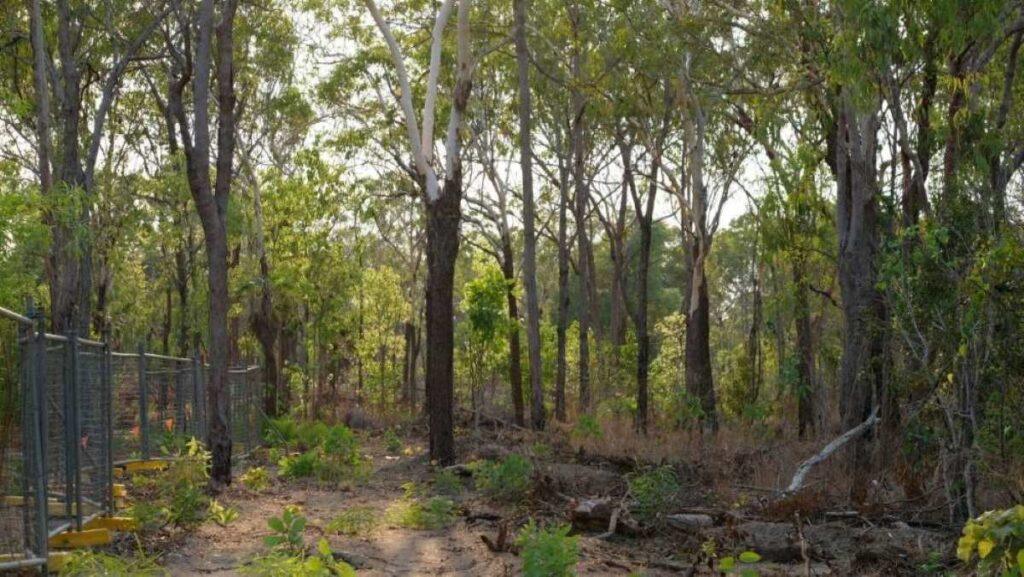
Fig 22. Part of Stage 2 before it was cleared.
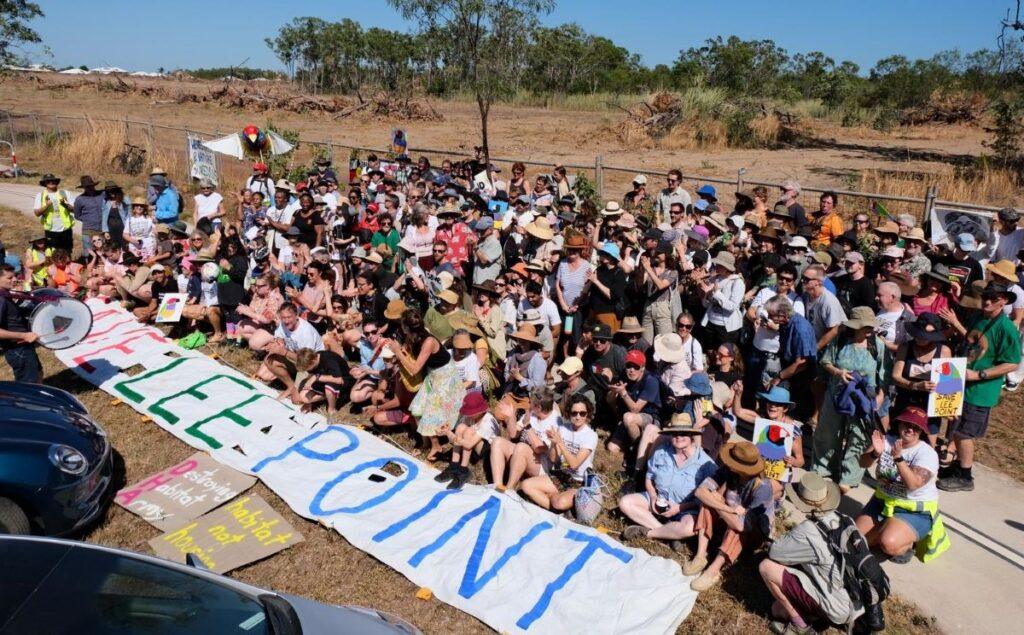
Fig 23. Crowd in front of Stage 2 cleared land, 19 May 2024.
The largest protest occurred at Lee Point/Binybara where a crowd of approx 250 people gathered for the Sunday morning 19 May event.
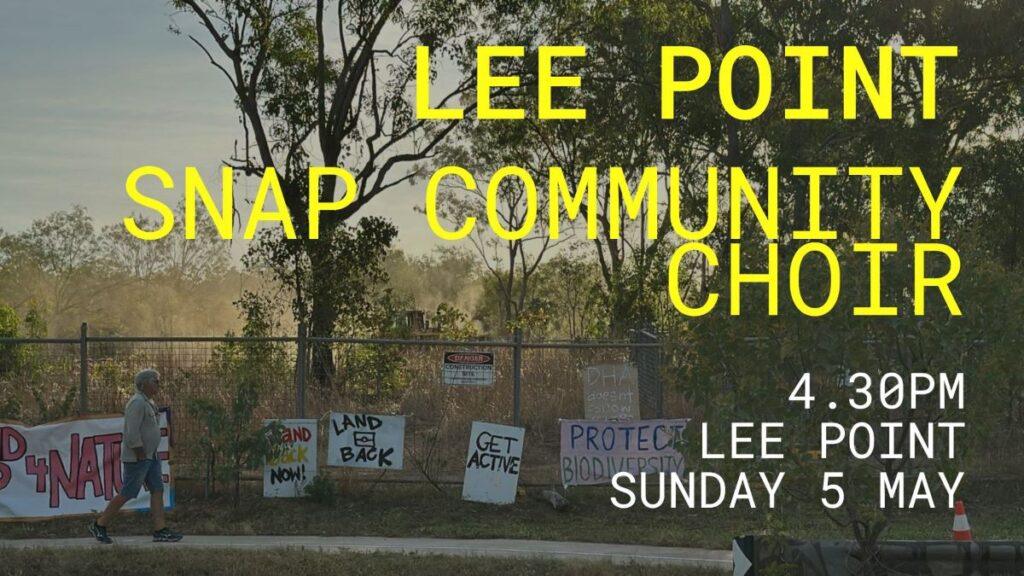
Fig 24. Singing became part of the protests after some singing lessons by Tali.
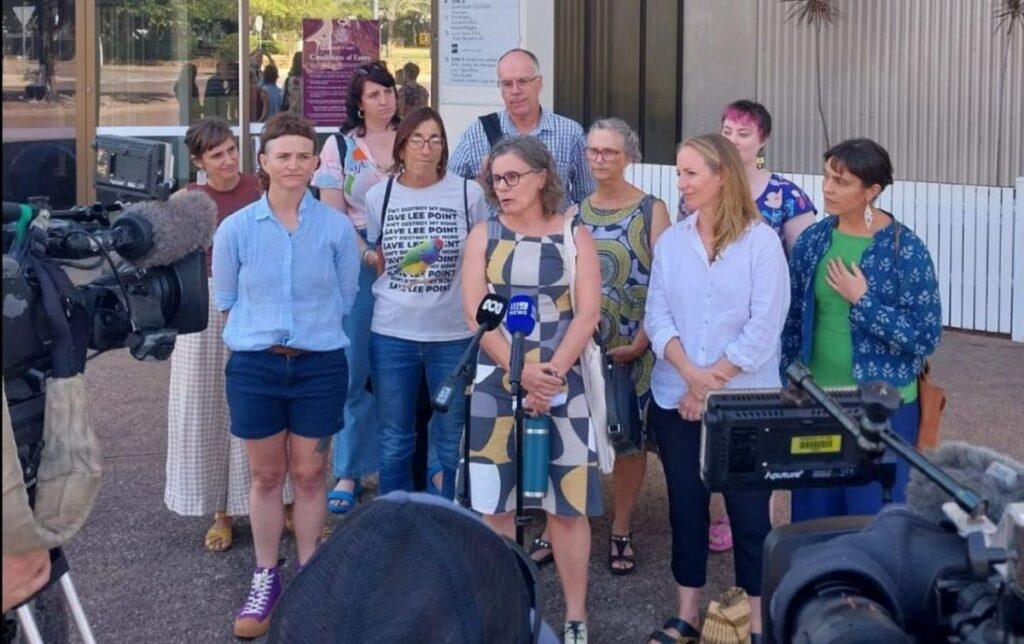
Fig 25. Outside of Darwin Local Court, 30 May 2024
There were 19 people arrested in early May 2024 over the DHA land clearing works. Most did not receive a conviction and paid a court fee – Watch their interview.
Despite DHA ignoring land clearing approvals they have not been prosecuted by the NT Government.
3.0 Biodiversity
Biodiversity is the variety of living things. The main causes of biodiversity loss in urban areas is habitat loss and habitat fragmentation. Mammals and small birds are particularly impacted by both.
3.1 Old-growth forests
Old-growth forests are particularly important for retaining biodiversity. As old-growth trees disappear in the Darwin-Palmerston area so will tree hollows. Without tree hollows certain Top End native species will not breed ….read more
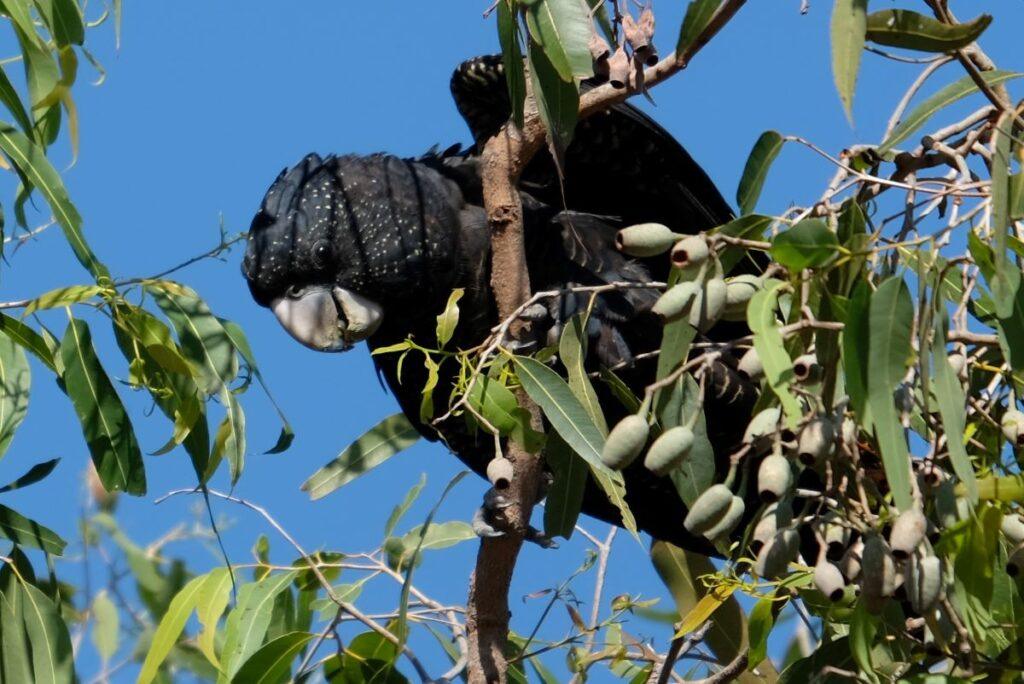
Fig 26. Red-tailed Black Cockatoos only breed in large hollows found in old-growth trees.
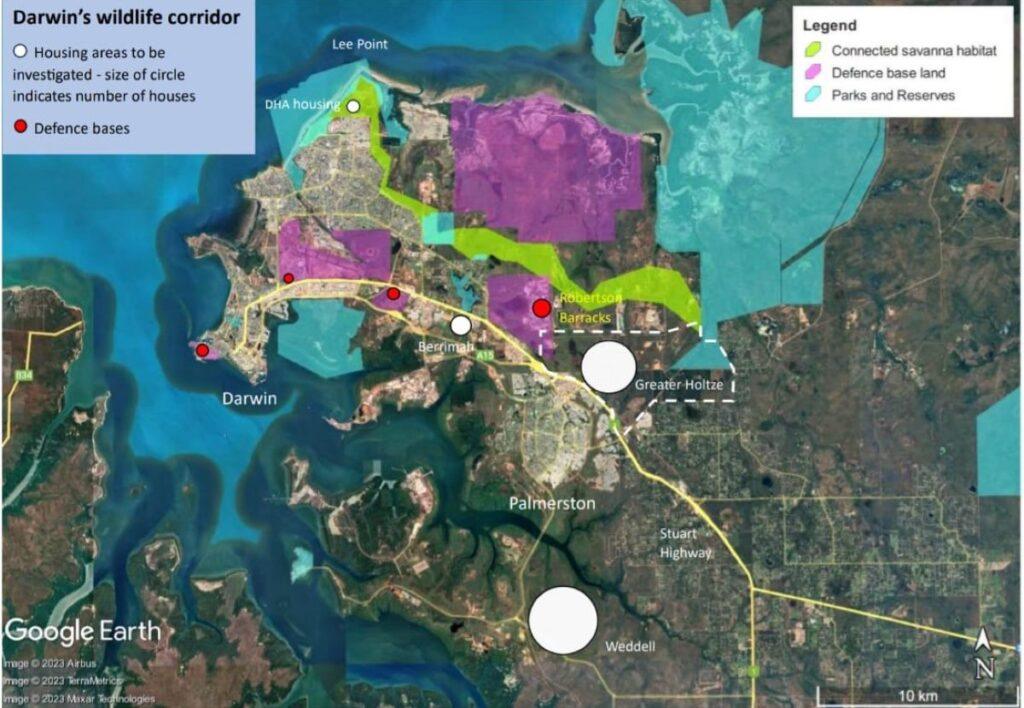
Fig 27. Map of Darwin-Palmerston study area (yellow) and Darwin Wildlife Corridor (green)
Based on a preliminary study by FLP in 2022-23 it was found that the Darwin-Palmerston study area (212 sq km) could be expected to lose half its old-growth trees by 2040. The only effective connected savanna habitat in 2040 for Darwin would be the Darwin Wildlife Corridor, containing ~1250 old growth trees.
In 2020, Lee Point peninsula had ~700 old-growth trees and the DHA site ~400 trees, refer fig below.

Fig 28 Map of ~700 old growth trees on the Lee Point peninsula (Stage 1 already cleared)
LEGEND
Blue – Conservation areas of CCR and Buffalo Ck Conservation Reserve
Green – 34-hectare CCR extension
White line – Defence Housing Australia project site
Yellow – approx. 700 old-growth trees
Of concern is that by mid-2024, the DHA project site had lost one third of its old growth trees (from clearing Stages 1-3). This represents a significant loss in number from the peninsula and a severe disruption to the Lee Point Biodiversity Corridor Fig 1.
Disruption of the Lee Point Biodiversity Corridor adversely impacts on Lee Point’s biodiversity, which includes Casuarina Coastal Reserve.
3.2 Land use
Casuarina Coastal Reserve was declared a national park in Aug 2024. While FLP welcomed this initiative, we believe a more urgent and much higher priority is to cease land clearing works on the Lee Point peninsula and complete a comprehensive Area Plan that reflects the long term needs and wishes of the community – read more
Lee Point Golf Course development was approved by NT Government. FLP still have some concerns about the development – read more
3.3 Rare Sightings
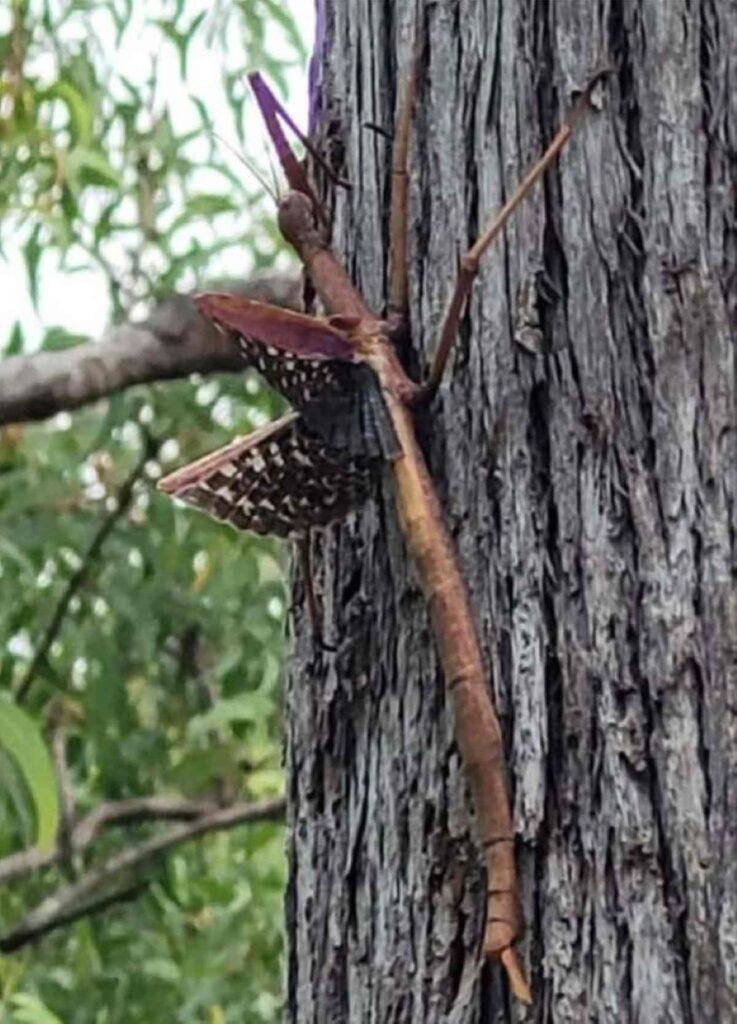
Fig 29. New species of stick insect? – image from NT Field Naturalists Newsletter Feb 2024.
The only record of this stick insect was made by James Phang 1st Feb 2024 at Lee Point. It is still unclear whether this is a new species or not.
3.4 Protecting Darwin’s biodiversity
Protecting the rare old-growth stands of savanna trees at Lee Point is about protecting Darwin’s last wildlife corridor, Darwin’s biodiversity, and ultimately Darwin’s quality of life for future generations.
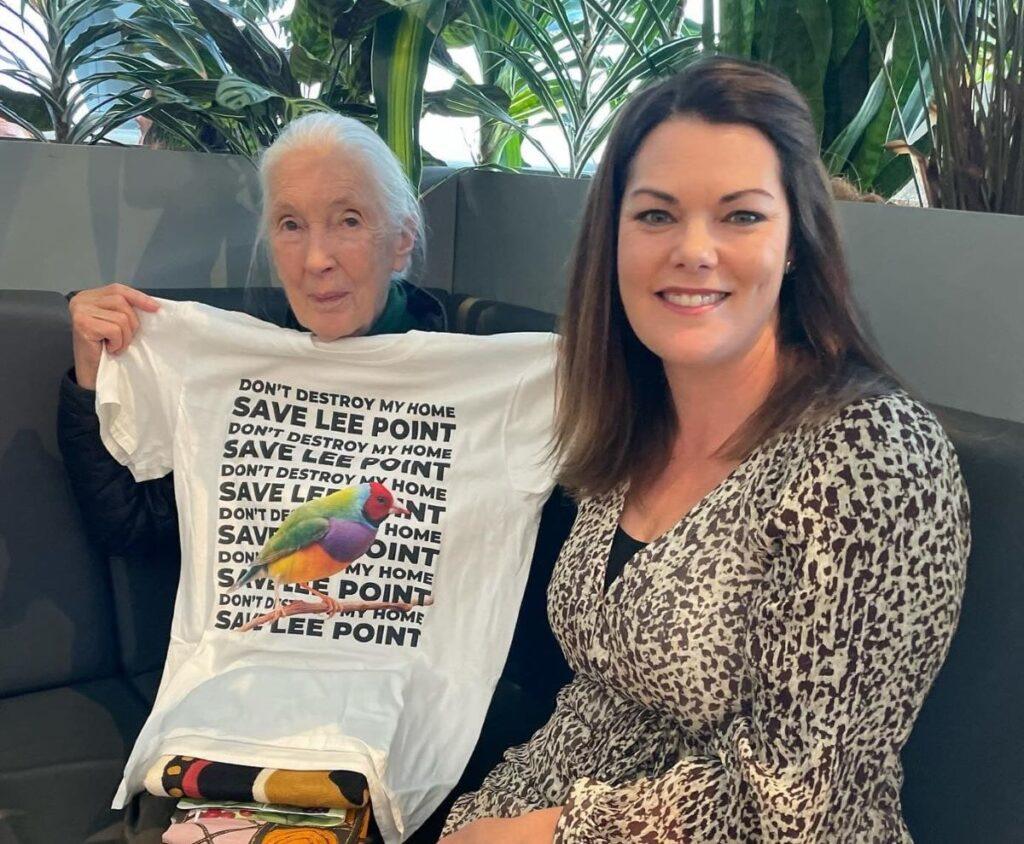
Fig 30. Jane Goodall with Senator Sarah Hansen-Young.
Jane Goodall told Yahoo News that “…The loss of such vital land (at Lee Point), a biodiverse corridor and home to hundreds of bird species (some endangered) is simply unacceptable,”
FLP are hoping government will listen to Jane Goodall and the many hundreds of scientists who are opposed to the clearing of Lee Point. The consequence of continuing to bulldoze Lee Point/Binybara is a further loss of trust in government and Darwin’s future.
Until next year – enjoy Lee Point/Binybara
More images can be found at; Images from Lee Point Biodiversity Corridor
